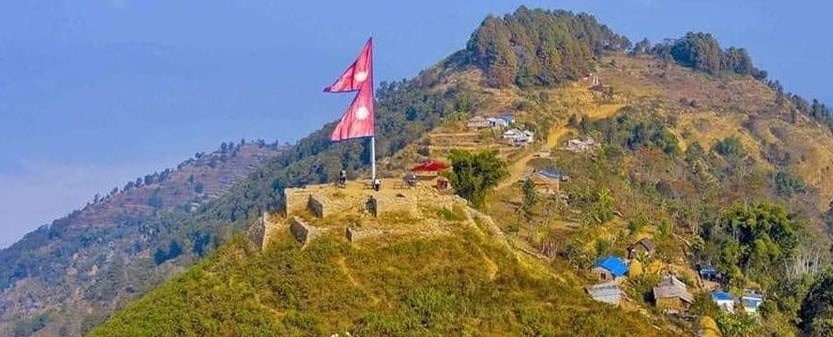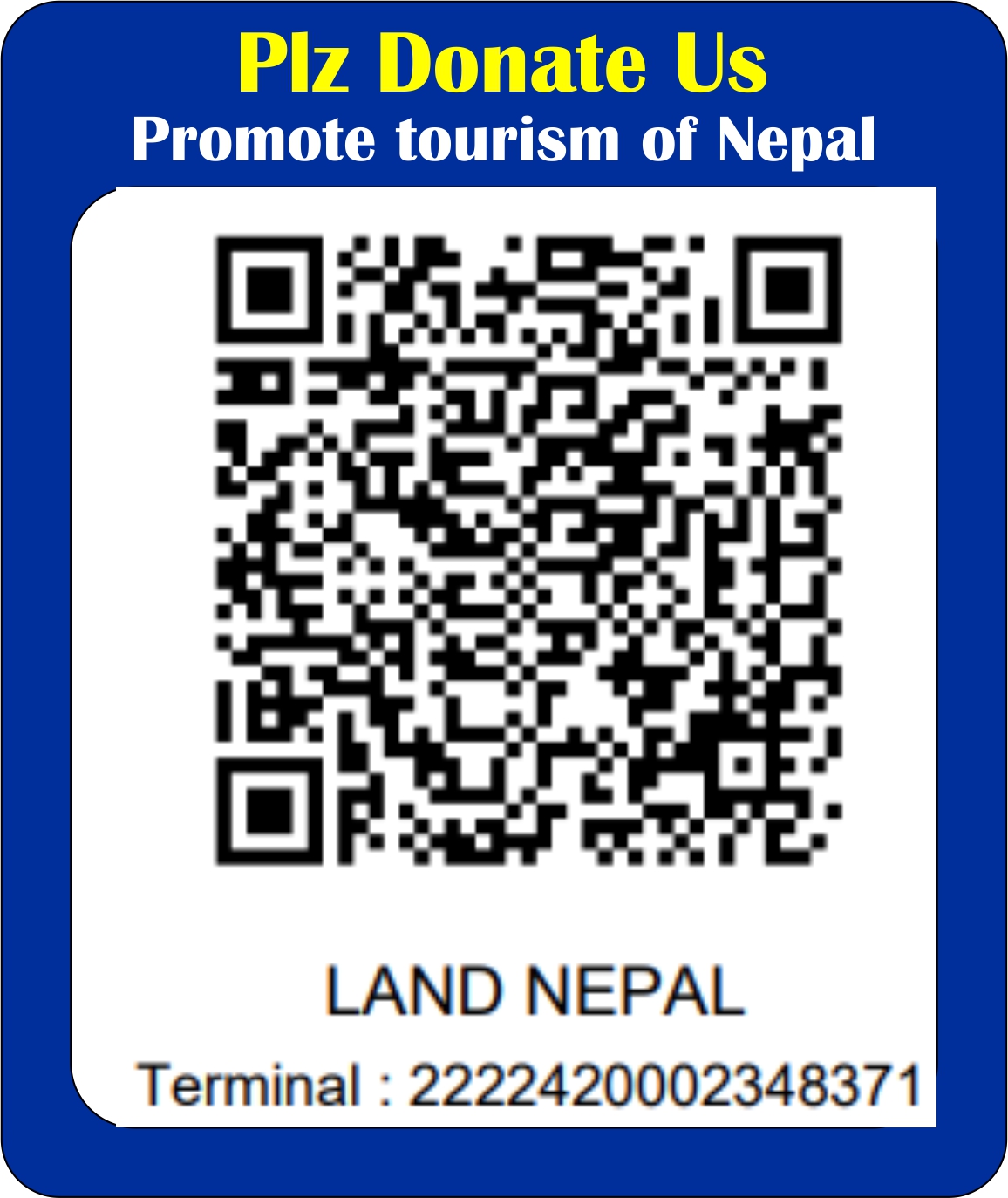Liglig is a mountain in central Nepal’s Gorkha District. In Nepali, kot refers to a fort or castle that is generally located on a hilltop. Ligligkot, at 1,441 meters, holds a commanding position above the vital Marsyangdi River valley and provides a panoramic view of the Himalayan range for 150 kilometers. The landscapes astound even hardened Nepalis who visit the place for the first time.It is here that a royal dynasty was founded, as well as where the famed Gurkha troops earned their name. The ruins of the old palace could still be seen on the hilltop of Ligligkot. Liglig is a Magar term that translates to “clean, beautiful, and lovely sight.” The Liglig fort region was ruled by the GhaleGurungs.
History of LigligKot:
Many Nepalis will tell you about a race if you mention Ligligkot. Warriors from the Ghale tribe used to march from the Chhepe River to the summit of Liglig once a year. For that year, the winner was crowned king. Drabya Shah of Lamjung, however, captured Liglig in 1559 by assaulting on the day of the race, when its troops would be distracted. Prithvinarayan Shah, 60 miles to the southeast, captured Kathmandu in 1768, establishing the dynasty that would rule Nepal until the monarchy was overthrown in 2008. At LigligKot, the new Nepalese nation was sown.
Building ruins stretch over hundreds of yards along the ridge’s north-south axis. Some constructions, such as what locals believe to be Drabya Shah’s palace, have walls and steps that allow visitors to envision what it must have been like. Only enormous ramparts protrude from the slope, while other major buildings are largely hidden.Unusual mounds suggest the presence of additional buildings under the surface. The site is surrounded by moats and defensive walls. Because the site has never been mapped or fully surveyed, it is difficult to see the entire area.
Because the fact is confined to history, local youth came up with the concept of promoting and preserving LigligKot culture and founded the “Ligligkot Development Expedition” under the presidency of Aneel Thapa Magar, a local youth. The Ligligkot Development Expedition, in conjunction with the Nepal Tourism Board, the Nepal Government, and local authorities, resumed the historic Liglig marathon to promote Ligligkot. The marathon began ten years ago, in 2010. The Liglig Marathon is being conducted for the 9th year in a row, with the goal of preserving the culture and encouraging tourism. Everyone are welcome to participate in the marathon, which was divided into three categories: male, female, and local. Anyone from anywhere in the globe participated in this Marathon and race while admiring the stunning sights of Liglig and the Himalayan range from Mt. Manashlu to Dhawalagiri.
In past years, Ligligkot was void of greenery, and only pilgrims visited the two tiny Siva temples. Since then, the towns near Ligligkot have developed a tourism-oriented interest in the site. Reforestation has been completed on the hilltop.The property has been developed by a local group, which has built stairwells, rest spaces, latrines, picnic sites, and other facilities. An yearly race from the river to the kot is staged to reenact past races, which includes the coronation of the year’s king. Thousands of people attend cultural festivals.The remains of the royal fortress can be found at LigligKot, which is located at the summit of the hill. Thanks to a national initiative that gave local communities authority over forestry resources, Liglig and the neighboring hills have experienced considerable reforestation. LigligKot is still used for religious ceremonies and festivities.
Ligligkot is on the verge of dying from love. The site’s historical and structural integrity are being jeopardized by the forestation and development. A quick study by the government’s Department of Archaeology suggested creating a preservation strategy that would balance the needs of scholars and development.
-Article Written by: Saru Niraula for Land Nepal




